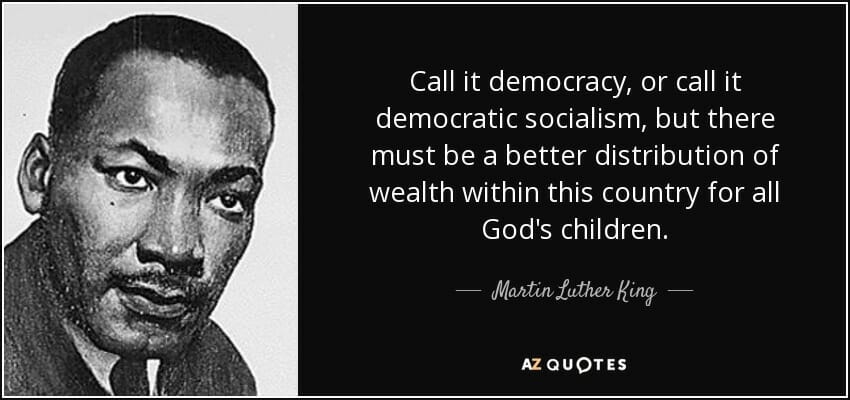A guest post by Terri Williams
When your supporters look at your social media, what do they see?
According to Pew Research Center data, at least 69% of the public uses some sort of social media. While young adults use social media platforms at higher levels, usage among older adults has increased significantly.
For your nonprofit organization, it’s important to tap into the potential that social media can provide. Here are two ways nonprofits have achieved success using social media platforms.
How Your Nonprofit Succeeds on Twitter
There’s a model you can adopt if you want to reach your supporters on Twitter.
A report by Chao Guo, associate professor of nonprofit management at the University of Pennsylvania, and Gregory D. Saxton, associate professor of communication (with an emphasis on nonprofit communications) at the University of Buffalo, analyzed the social media efforts of 188 Civil Rights and Advocacy nonprofits. These organizations achieved success building social media outreach using a three-step process that includes:
- Reaching out to people,
- Keeping the flame alive, and
- Stepping up to action.
In the first step, reaching out to people, the organization makes its social media community aware of its causes. The second step is to keep engaging those constituents and build passion among them. The final step is to rally the supporters to action for any given event.
Although you should continue to email and call your existing contacts, you can reach out to people in a number of ways outside the contacts that already live in your customer relationship management (CRM) software.
Try these ideas to increase your Twitter reach:
- All of the employees of a nonprofit organization should follow it on Twitter (that’s a given)
- Other stakeholders should be encouraged to become followers, as people are more likely to follow an organization if their friends and family members do so.
- Employees should also like and retweet the nonprofit’s posts so the messages show up in the timeline of their friends.
Organizations can post various types of information, such as upcoming events, mentions in the media, annual reports, etc. Sharing volunteer events and photos can pique interest in others who are looking for a way to donate their time. In addition, cross-promoting or sharing information about similar organizations can help you build solidarity. If they return the favor, you benefit from having your posts shared with their followers. Twitter is also a favorite platform among reporters, so the information you share could also lead to interviews and feature stories.
However, it’s also important to have other types of content besides announcements, such as blog posts or newsletters that are informative and well-written. In addition, the nonprofit organization should engage in conversations with followers – and always respond quickly to questions or concerns.
FACEBOOK: Learn from People for Development
Facebook is the most popular social media network in the world. While Twitter allows nonprofit organizations to share information, aside from the equivalent of 2 or 3 sentences, the medium limits users to photos, infographics, and links (which can be to articles or the company’s website). This is fine for sharing new information. However, as a nonprofit, you also want to be able to include static information about your organization, and Facebook lets you do this.
Facebook allows nonprofit organizations to include various tabs on the home page. One study of a Portuguese nonprofit organization reveals that this type of descriptive information can lead to people speaking positively about the information and sharing the existence or the nonprofit with others.
The profiled NGO, “Leigos para o Desenvolvimento” (People for Development), created a robust presence on Facebook. Below are some of the components and tabs included on the NGO’s Facebook page:
- Description of the organization’s programs and services
- Organizational history
- Mission statement
- News links
- Campaign disclosure
- Event calendar
- Information on how to make donations
- Information about organization projects
The organization also engaged in other types of activities similar to what you would find on Twitter, such as posting videos, photos, and audio files, engaging in discussions, testimonials from volunteers, and sharing initiatives of other social organizations.
According to the report’s authors, the combination of these factors can assist your nonprofit organization to establish a reputation for being open and trustworthy. And, when people are happy with the presentation, professionalism, and level of engagement, they speak well about the organization – and also share your content.
Other social media platforms, such as Instagram and YouTube can also increase awareness and engagement. As a whole, social media is an invaluable tool for interacting with supports, and expanding your base. The key is to be purposeful, professional, and engaging.
Terri Williams is a writer for TechnologyAdvice.com. She has covered business and tech topics for a variety of clients, including The Economist Careers Network, Intuit Small Business Blog, Investopedia, The Houston Chronicle, Daily News Energy, and Homeland Preparedness News. Follow her on Twitter: @Territoryone.



